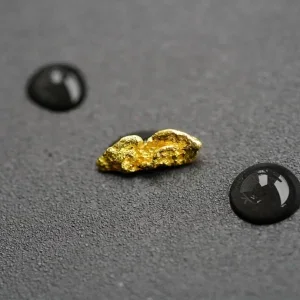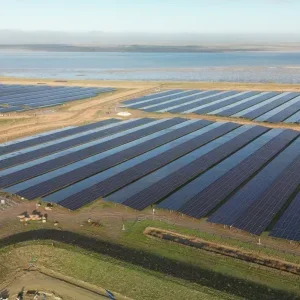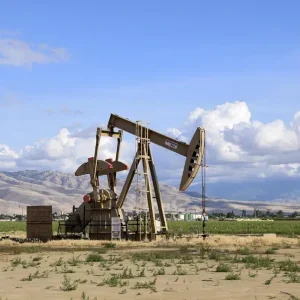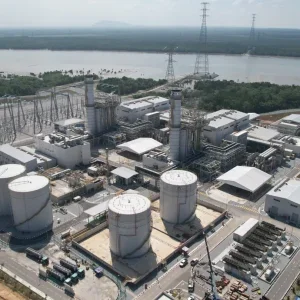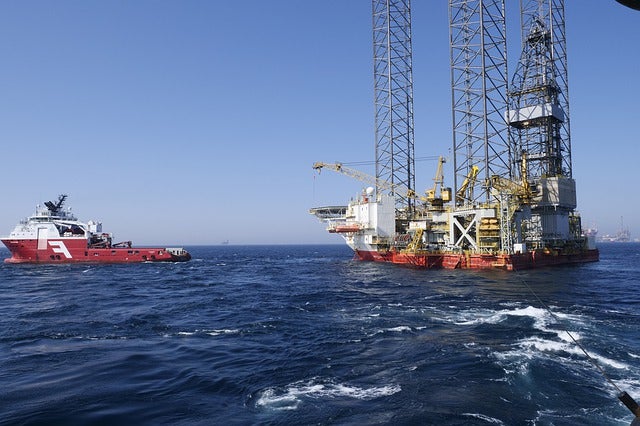
UK-bsed independent E&P company Neptune Energy has completed an ocean bottom nodes (OBN) multiclient survey in the North West El Amal block, offshore Egypt.
The survey, which delivered positive results for further analysis, has been carried out by WesternGeco, the seismic and geophysical data solutions division of Schlumberger, using third-party vessels.
Schlumberger has been contracted by the Egyptian General Petroleum Corporation (EGPC), sponsored by the Egyptian Ministry for Petroleum and Mineral Resources.
Neptune Energy Egypt managing director Gamal Kassem said: “Egypt is important for Neptune and we are pleased to build on our strong relationships with the Ministry of Petroleum and Egyptian General Petroleum Corporation.
“The safe and successful completion of the seismic acquisition is an important achievement and is testament to the careful planning and professional execution by Neptune, EGPC and WesternGeco.”
Neptune Energy has employed advanced OBN technology in the survey
The company has employed advanced OBN technology in the survey to overcome the challenge of acquiring improved imaging in the complex salt geometries of the Gulf of Suez.
The North West El Amal offshore concession is located in the central part of the Gulf of Suez, approximately 42 km south of Ras Gharib and 105 km north of Hurghada, and covers 365 km2.
The project included placing large numbers of autonomous sensors on the seabed to acquire seismic data, and retrieving them later for further analysis.
In addition, the process is said to acquire data more effectively than standard technologies and is less sensitive to weather conditions.
Neptune exploration and development VP Gro Haatvedt said: “It’s very exciting to have been involved in the OBN seismic survey, the first time the technology has been deployed in Egyptian waters.
“Given the geographically-diverse nature of our global portfolio, Neptune is accustomed to working with innovative digital and subsurface technologies to tackle a variety of geological challenges.
“Obtaining subsalt imaging is particularly tough and the OBN technology was well-suited for this purpose. The next step is to analyse the data which has greatly improved our understanding of the block and will support our future plans including potential exploratory wells.”


